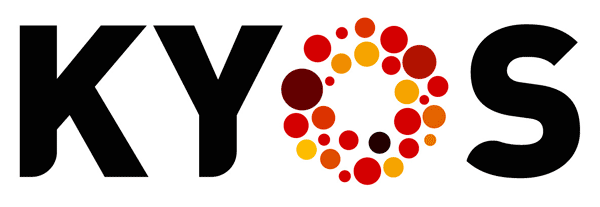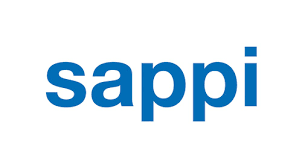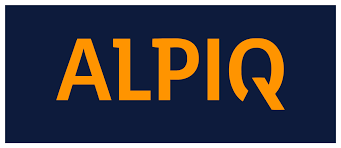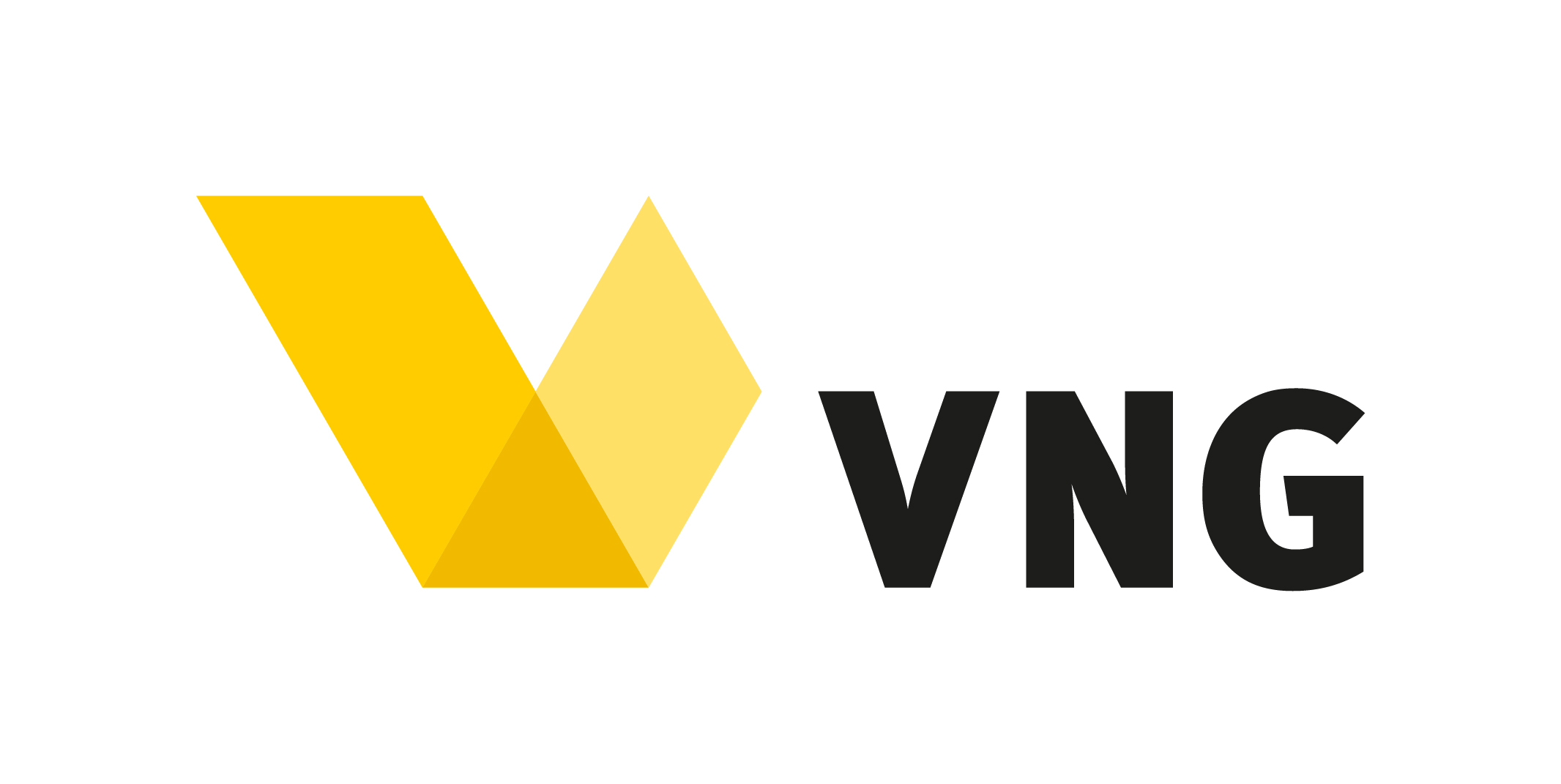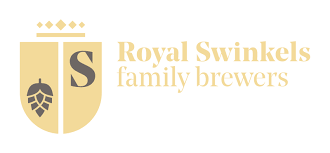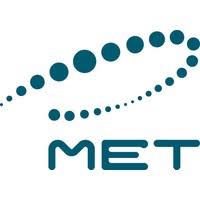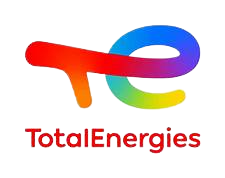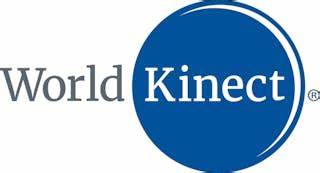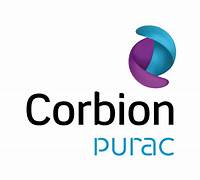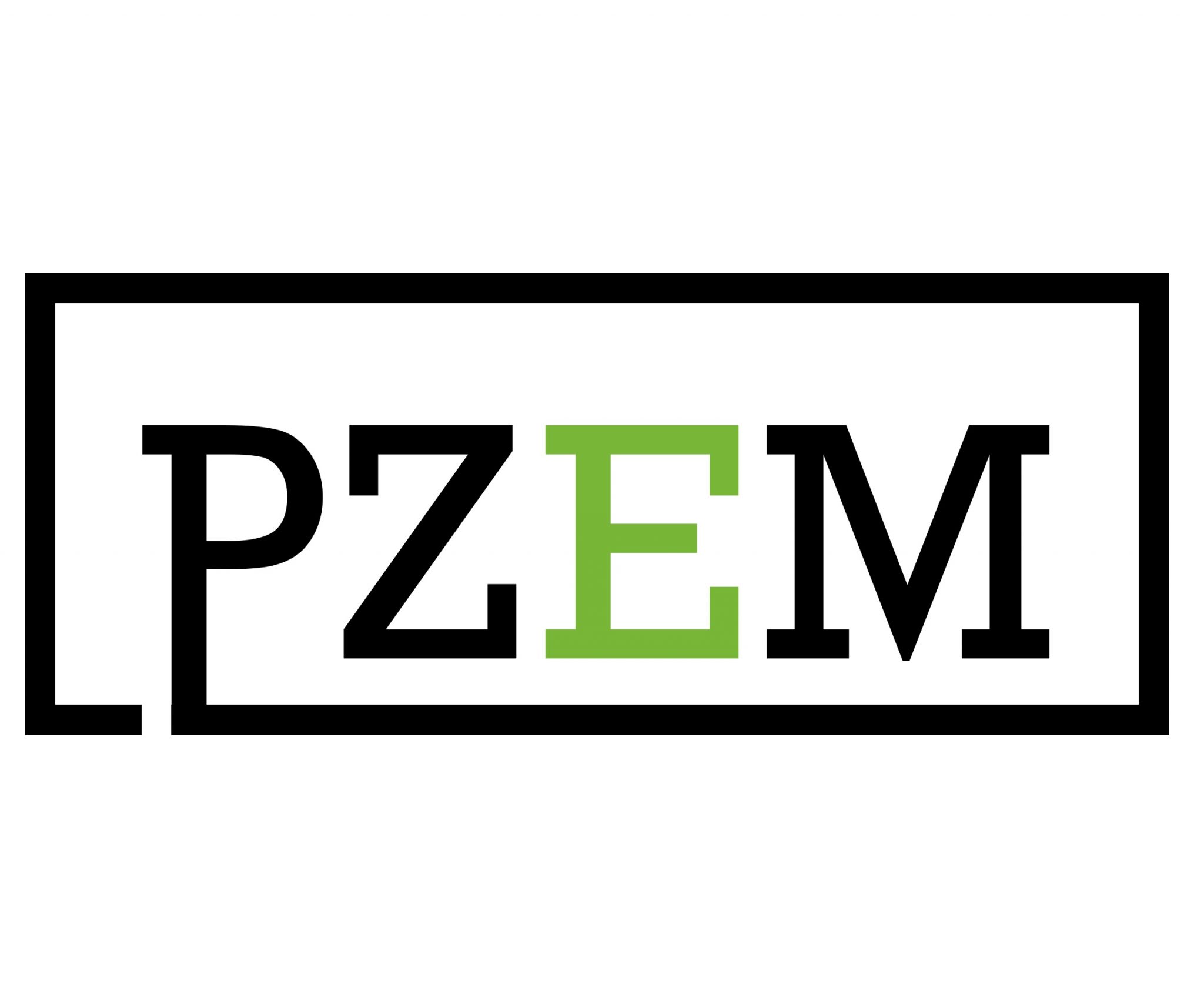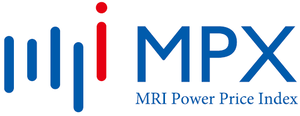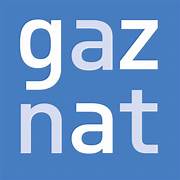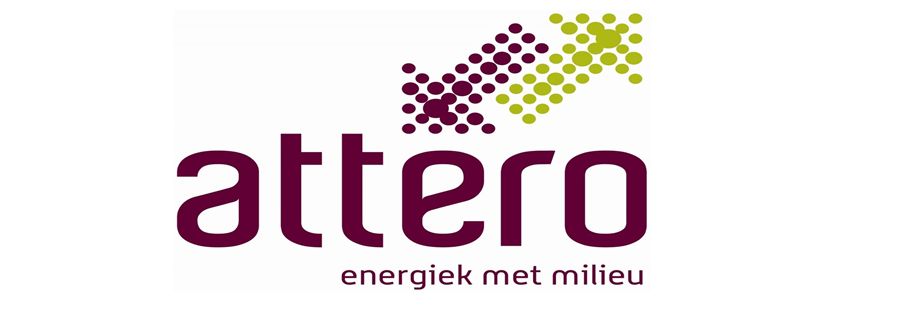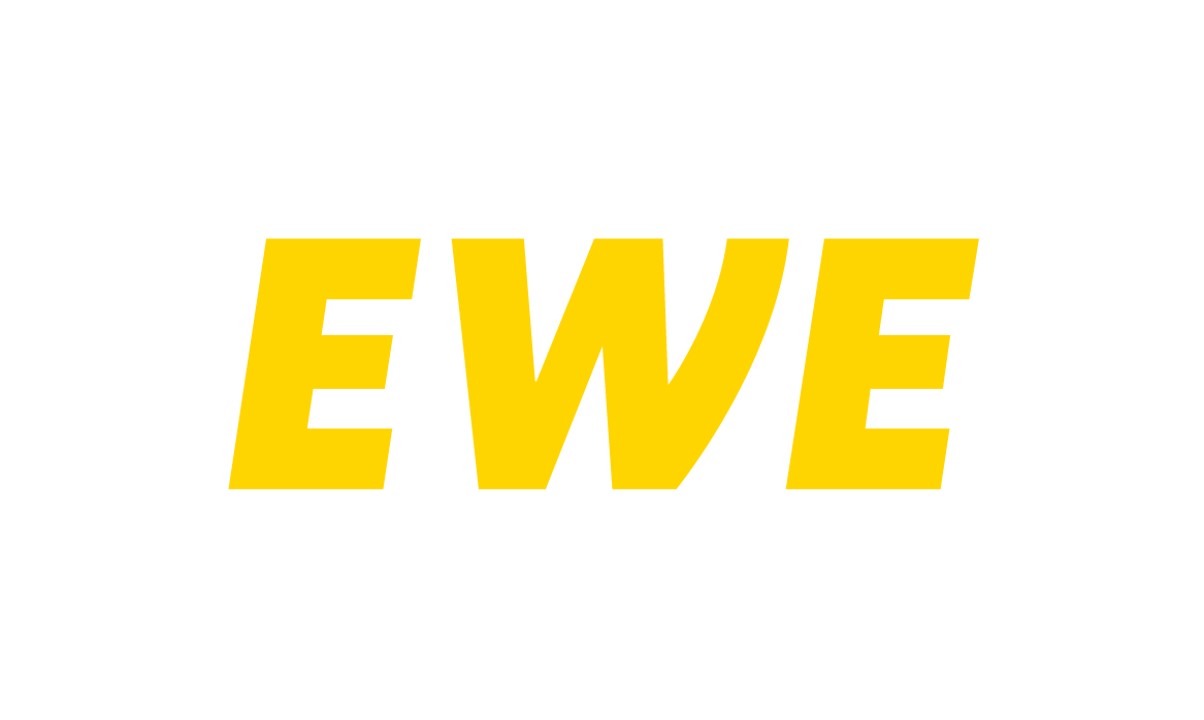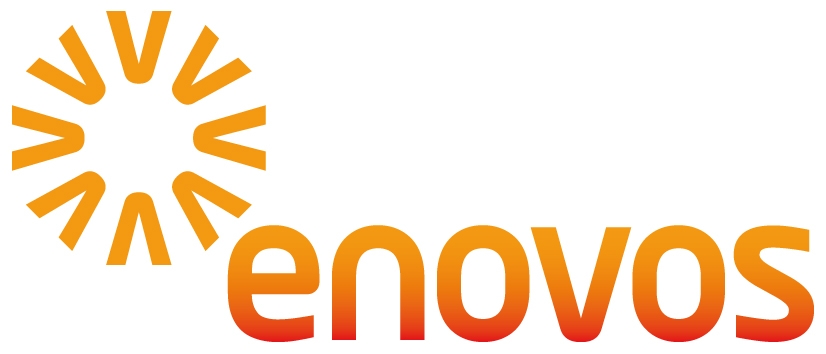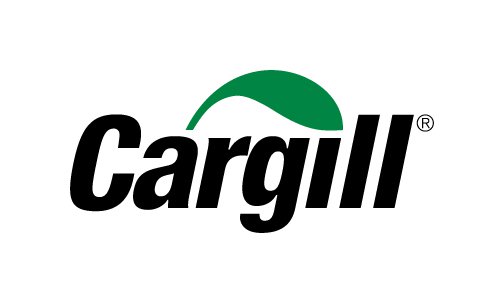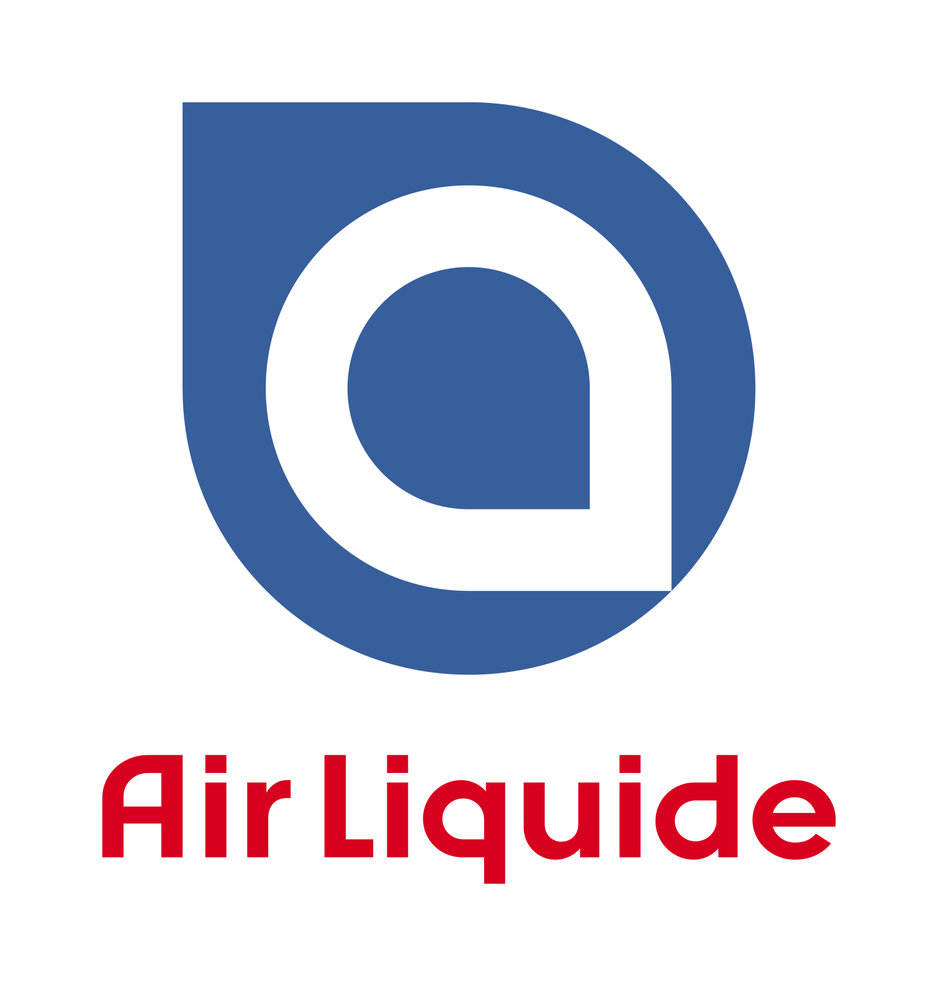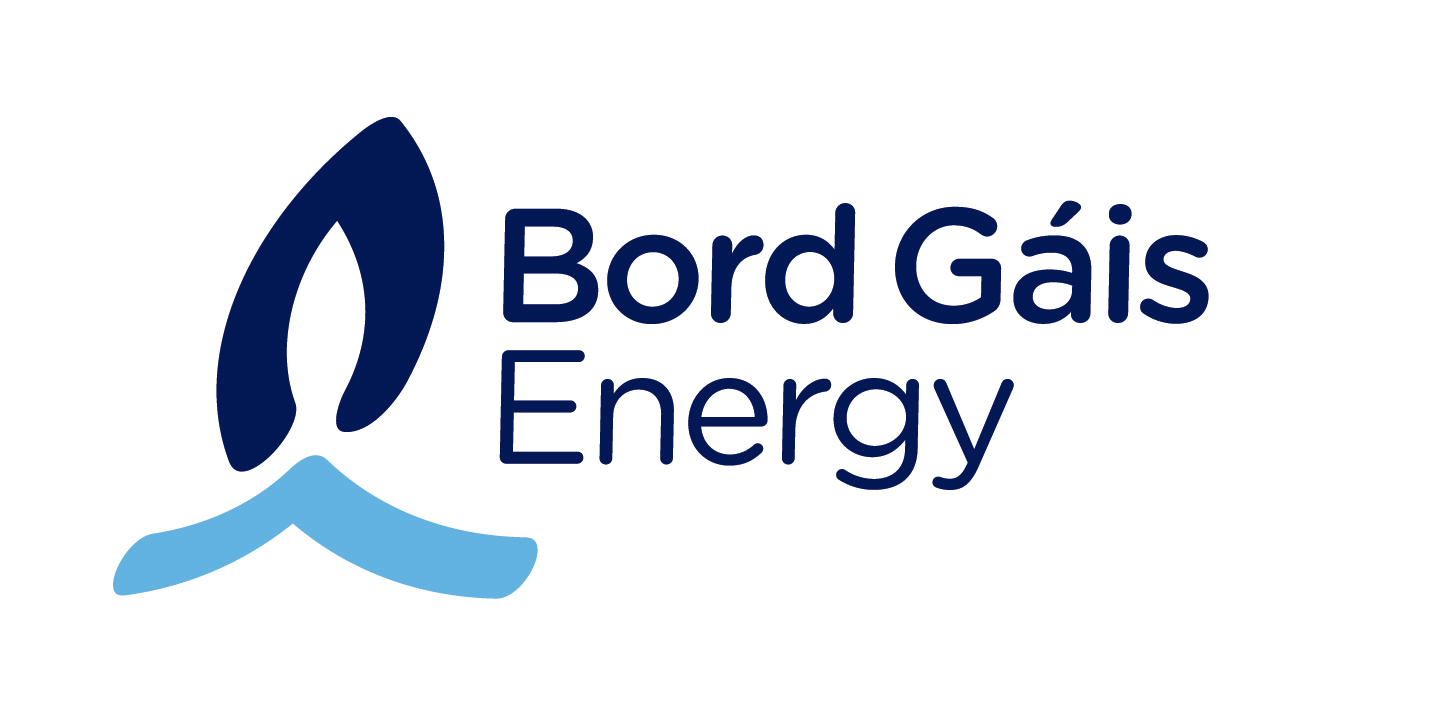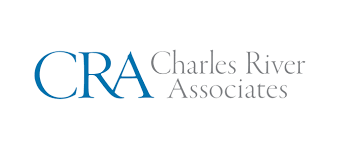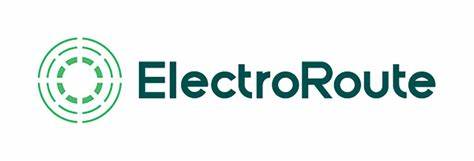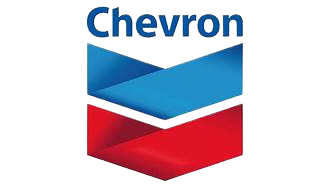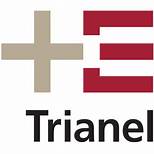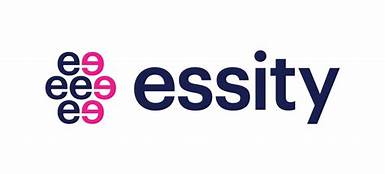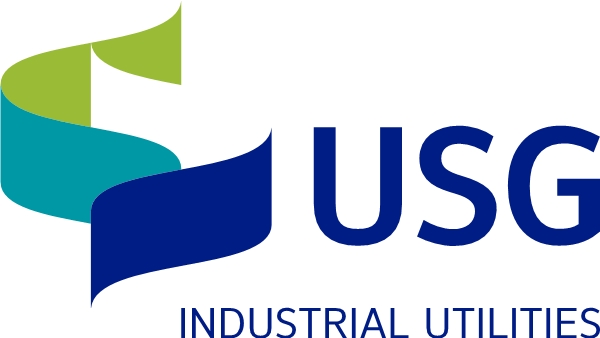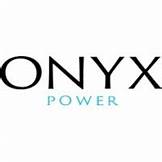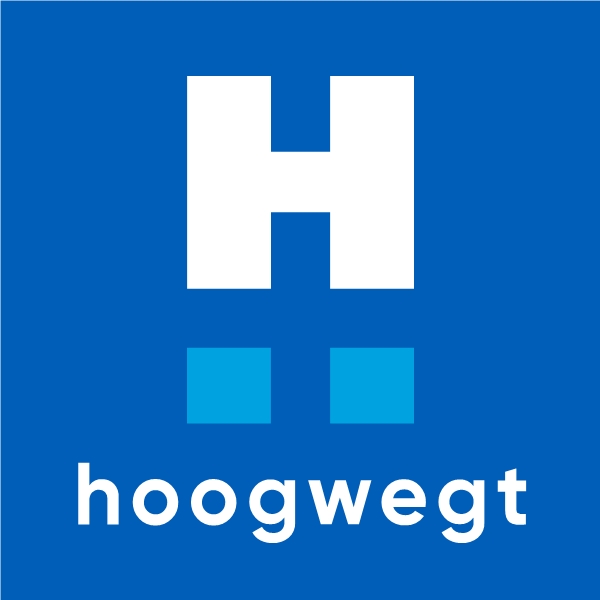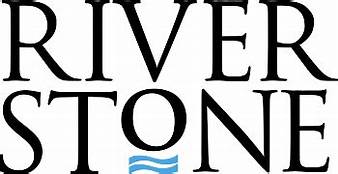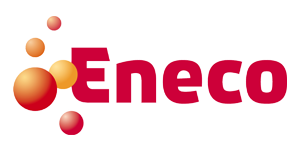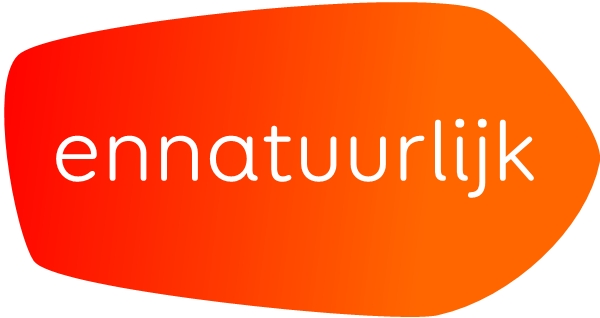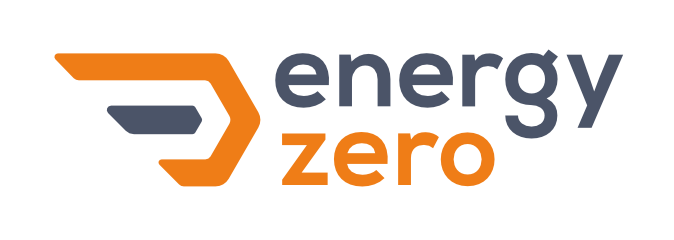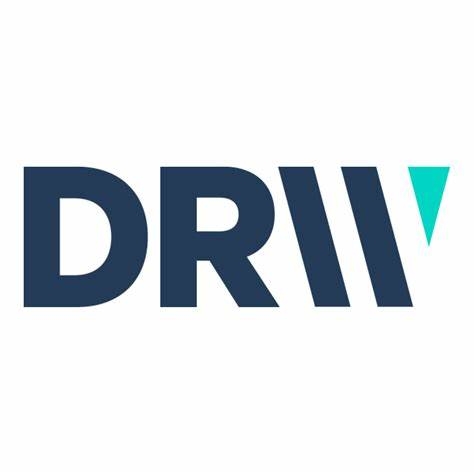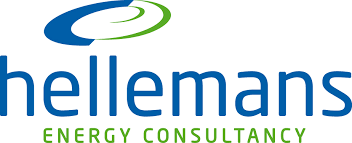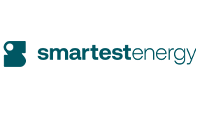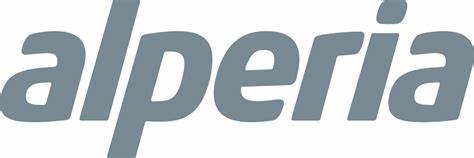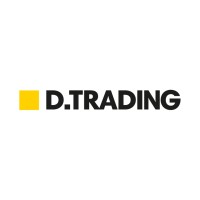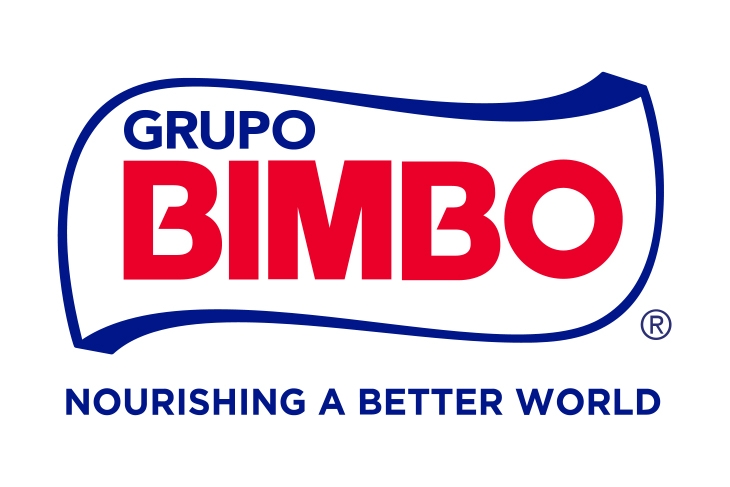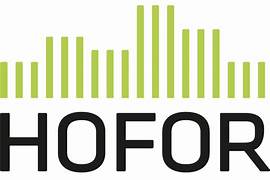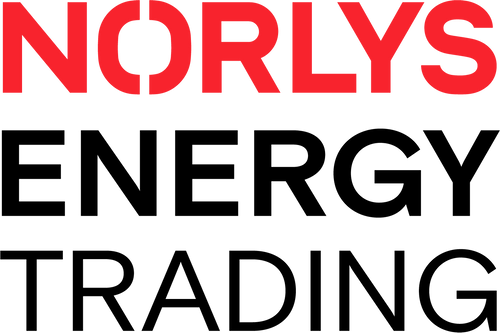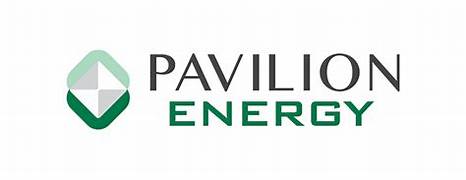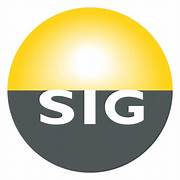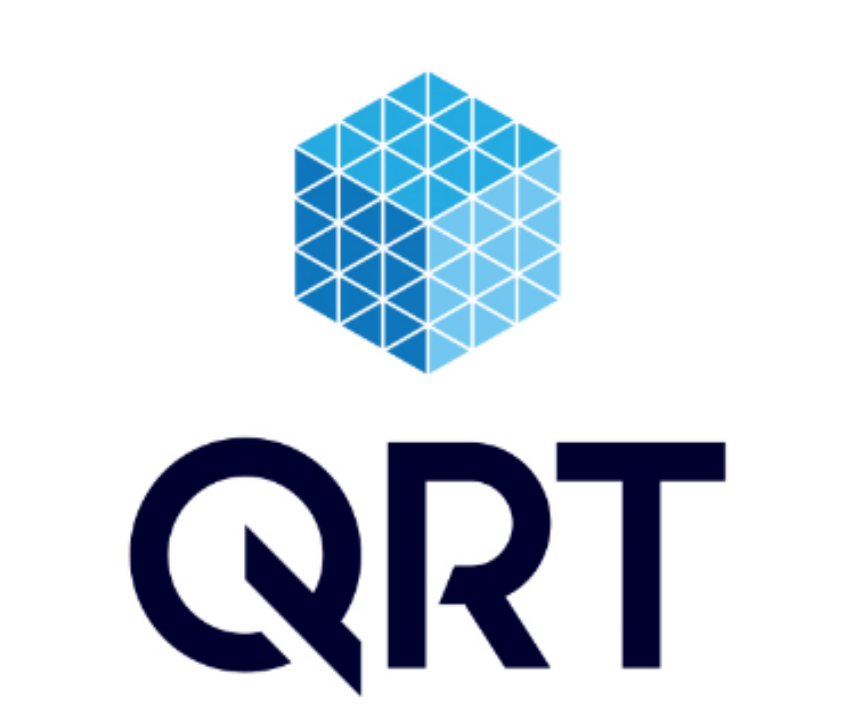Construction
Construction companies are exposed to aluminium, steel, bricks, bitumen, cement and glass. Most of these semi-finished products require an energy intensive production process. Higher costs of natural gas, coal and electricity will directly lead to higher costs for the construction sector. Therefore, construction risk management should include commodity price forecasting techniques to improve cash-flow forecasts.
Transparency improves construction risk management
Transparency of the cost structure enables the contractor to hedge commodity costs with physical or financial contracts. Production costs of glass for example can consist of 25 to 35% of energy costs depending on price movements on the energy market. It is possible to index glass contracts to natural gas or oil in order to create transparency for the construction companies.
Production of cement and bricks is also a highly energy intensive production process. Creating cost transparency will lead to a clear cost structure preferable with liquid commodity indexes that can be hedged on financial markets. This is a clear example of construction risk management.
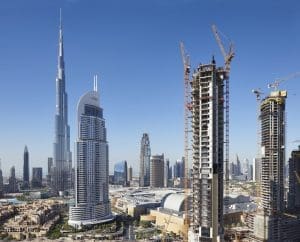


But even with transparent contracts we recognize that estimating potential costs of a new building is a complex task. First step is to calculate the required volumes of reinforcing bars, aluminium, float glass, concrete, bitumen, copper wire to have a proper insight in required volumes .Next step is to combine expected volumes with potential commodity prices. In the KYOS portfolio system all commodity costs of a construction project can be simulated to estimate potential cash-flows. This process will add immediate value during the tender and project phase to keep risks as low as possible. This is construction risk management pur sang.
Cost savings – KYOS portfolio & risk management system
Excel has proven to be a pitfall for many companies in terms of costs, mistakes, hidden risks and potential fraud. Likewise, ERP systems such as SAP look backwards instead of to the future and cannot perform the required risk management calculations. The KYOS portfolio & risk management system however can help you out: it captures years of experience in managing risks of commodity contracts and market price volatility, leading to effective commodity hedging strategies.
Managing cash-flow variance
The higher and more frequent market prices move up or down the higher its volatility. Volatility is often expressed in a percentage and can be calculated for e.g. interest rates, currencies (FX) and commodities. A highly volatile market price is not per definition a bad situation but you probably feel more comfortable with less volatile costs. Steel has shown an average volatility above 20% in recent 5 years. This is more than double the volatility of EURUSD in the same period. Calculating the volatility should be an integrated part of your construction risk management strategy.
The system combines your project positions with automated market price analytics. It will provide you with clear insight in the current cash-flow and potential cash-flow variance versus project expectations. As a result, you will have a better insight in project cash-flows and the associated risks. Furthermore, you can adjust your strategy during the project – just take advantage of the flexibility!
Fixed or floating prices – Construction risk management
As your supplier may not be that flexible in terms of transparent pricing, managing market price risks is crucial. Most contracts in the construction market do not have transparent pricing agreements yet. Procurement needs to find a balance between fixed prices and sometimes rapidly changing market prices The KYOS portfolio & risk management system will help you to find your “risk and reward” optimum by simulating multiple cash-flow variances. It will provide you with clear insight in the potential cash-flows of a construction project given any variance between fixed and floating prices.
In short: start managing your cash-flow variances and subsequently lower your required working capital!
 Loading a qoute..
Loading a qoute..
Solutions
Multi-commodity risk management
Trusted by organizations all over the world
Other Industries
Power
Where are power prices going? What is the value of my power station or contract? How can I trade in the market to reduce electricity price risks? KYOS analytics provide answers.
Read more ›Renewable power
Sources of renewable power or green energy are the future. KYOS helps you with valuing your solar, wind, battery or pumped-hydro energy assets, as well as your (renewable) power purchase agreements (PPAs).
Read more ›Natural gas
Natural gas portfolio management is all about managing price and volume risks. KYOS helps to optimize natural gas storage and swing contracts, and trade in the markets to maximize the flexibility value.
Read more ›Green hydrogen
Green hydrogen is going to play a key role in the energy transition. Learn about the business cases for which we provide advisory services.
Read more ›